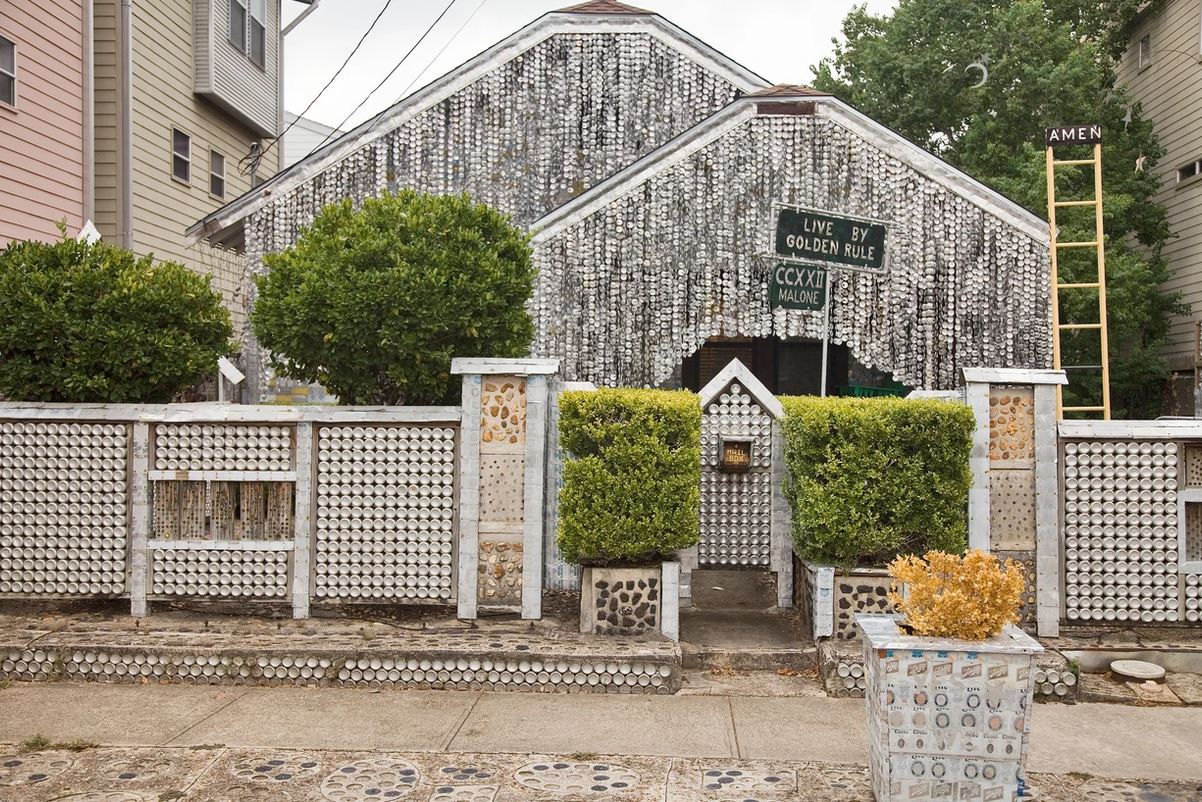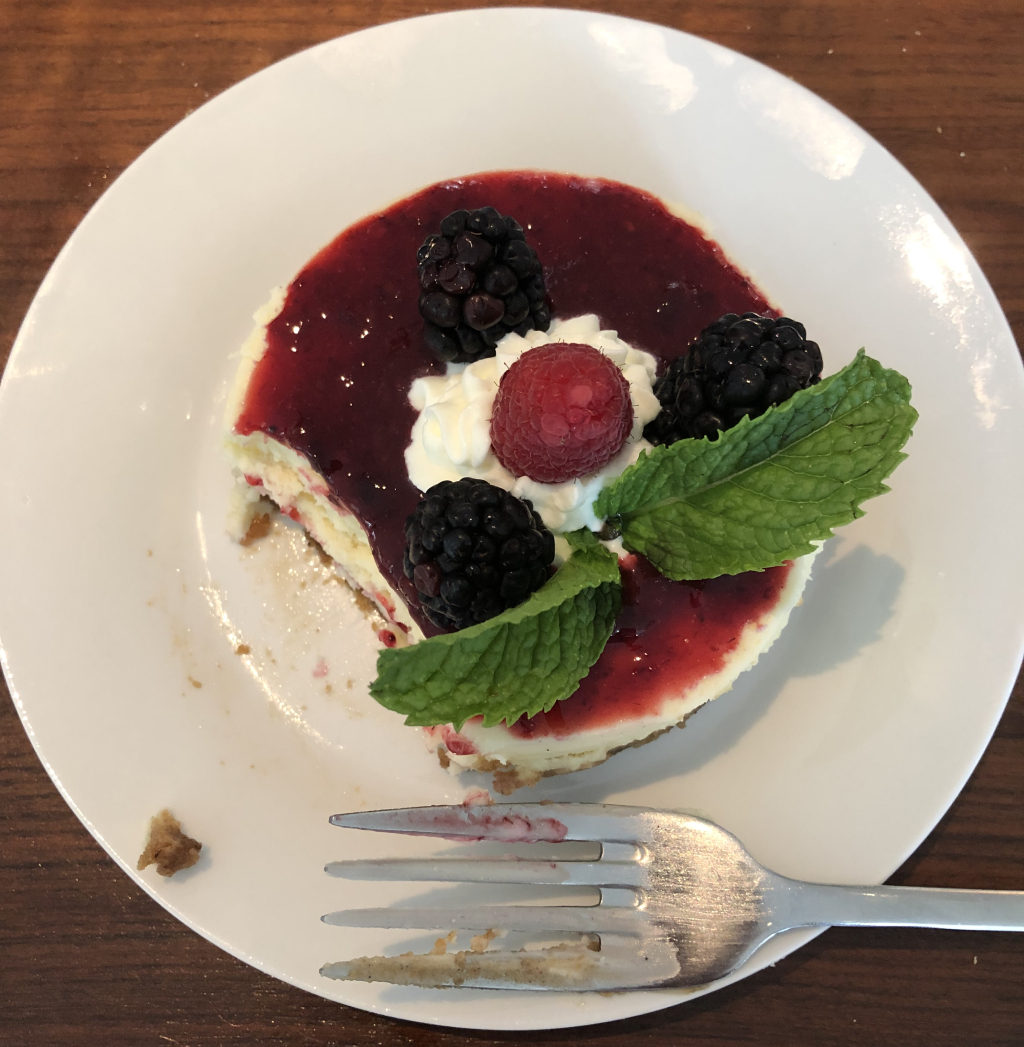Houston’s Beer Can House Added to Prestigious Historic Artists’ Homes and Studios Affiliate Network

 In case you were wondering about The Houston Beer Can House, there is some recent big news. On the 27th of January 2025, the National Trust for Historic Preservation announced that The Beer Can House, along with 18 other sites across the country, has been added as an affiliate site to its prestigious Historic Artists’ Homes and Studios (HAHS) membership network.
In case you were wondering about The Houston Beer Can House, there is some recent big news. On the 27th of January 2025, the National Trust for Historic Preservation announced that The Beer Can House, along with 18 other sites across the country, has been added as an affiliate site to its prestigious Historic Artists’ Homes and Studios (HAHS) membership network.
This is the largest expansion of the program since its founding in 2000, coinciding with HAHS’ 25th anniversary year and marking a historic milestone in the program’s evolution. As an affiliate, The Beer Can House joins a peer-to-peer coalition of sites that brings museums together to conserve the legacy of creativity in the visual arts in the United States. This network of sites leverages the knowledge and experience of individual members to benefit the entire coalition in critical areas, including historic preservation, visitor and community programming, and communications.
The Affiliate category was created in 2022 to broaden pathways for entrance into the program for sites that may not follow traditional models of operation, interpretation, or visitation.
The acceptance of these Affiliate members into the HAHS program marks a significant benchmark in HAHS’ ongoing commitment to diversifying the consortium to present a more complete picture of American artistic achievement. The new class notably includes numerous sites representing the legacy of women artists, HAHS’ first sites presenting both Asian American and Indigenous artist experiences, including a Japanese American and South Korean American artist couple’s former loft in lower Manhattan, and the workspaces of several generations of Native artists in both the Northwest and Plains regions. Two sites created by self-taught Black artists in western New York and in Mississippi are opening to the public. These diverse locations span multiple states and represent various artistic movements and time periods in our nation’s art history. From intimate studio spaces to expansive compounds, artist-designed buildings and landscapes to sprawling vernacular art environments, each site provides visitors with an authentic experience of the places where inspirational art was conceived and created.
 These new additions bring the total number of HAHS member sites to 80, across 31 states in the nation, further strengthening the program’s mission to advocate and support the preservation and interpretation of site-specific artistic heritage for the benefit of the public and future generations. Several of these new members have been part of HAHS’ extended community for years, accessing the program’s unique resources throughout preservation efforts, and the transition from private home to public museum.
These new additions bring the total number of HAHS member sites to 80, across 31 states in the nation, further strengthening the program’s mission to advocate and support the preservation and interpretation of site-specific artistic heritage for the benefit of the public and future generations. Several of these new members have been part of HAHS’ extended community for years, accessing the program’s unique resources throughout preservation efforts, and the transition from private home to public museum.
“It is an honor to welcome 19 new sites into the HAHS network during this anniversary year,” said HAHS Director Valerie Balint. “This extremely diverse group represents the richness and breadth of place-based art legacy in this country. It has been a pleasure to witness some of these sites evolve from nascent preservation initiatives to spaces of meaningful public engagement and to welcome them into membership alongside other more established sites that are at important moments of new expansion, innovation, and storytelling. All these new Affiliate sites have much to offer the public audiences they serve, but also their peers within the existing HAHS coalition. As with each site within HAHS, these inspirational new Affiliates are all worth a pilgrimage to experience.”
A few of the new sites added include:
Valley of the Moon, Tucson, AZ | A garden landscape created by visionary artist George Phar Legler (1885–1982) as an immersive fantasyland designed to promote kindness and tolerance through magical experiences. The site features twenty-six distinct historic structures built in a unique Storybook Style, using concrete, chicken wire, and recycled materials to create an enchanted landscape specifically scaled for children’s perspectives.
Grandma Prisbrey’s Bottle Village, Simi Valley, CA | A remarkable folk art environment featuring thirty-five sculptural structures (including 15 bottle houses) built entirely from discarded materials, with walls crafted from tens of thousands of glass bottles collected from local dumps. Created over nearly 30 years by self-taught artist Tressa “Grandma” Prisbrey (1896–1988) starting at age 60, the site showcases incredible architectural ingenuity and artistic vision through its colorful bottle-walled buildings, mosaic pathways decorated with found objects, and whimsical features. This one-of-a-kind folk art landmark, one of the earliest and most significant women-made art environments in the United States,
The Jacobson House www.jacobsonhouse.art Norman, OK | The Native art center served as both residence and artistic sanctuary for Oscar Jacobson (1882–1966), the influential director of the University of Oklahoma School of Art, and the groundbreaking Kiowa Six, indigenous artists who had studio space in this home. The house, built in 1916-17 with distinctive Swedish architectural elements, was designed to blur the boundaries between indoor and outdoor spaces through its generous windows, deep porches, and elaborate gardens.
The Olive Rush Studio & Art Center, Santa Fe, NM | The Art Center preserves the historic home, studio, and garden of pioneering artist Olive Rush (1873–1966), who transformed this 100-year-old adobe house into a vibrant artistic and social hub where she painted each day, hosted fellow artists, and mentored Native American painters. The property combines Rush’s original frescoes and painted furniture with her orchard (including remnant two-hundred-year-old apple trees) and historic garden, where she entertained at tea parties and maintained a bountiful selection of fruits, vegetables, and flowers. This intimate museum, in its inaugural year of operation, offers visitors a rare glimpse into the life of one of Santa Fe’s most influential women artists.
For more details and a list of the other 18 sites click here for the National Historic Trust For Historic Preservation
ABOUT THE NATIONAL TRUST FOR HISTORIC PRESERVATION
The National Trust for Historic Preservation is a privately-funded nonprofit organization dedicated to helping communities maintain and enhance the power of historic places. Chartered by Congress in 1949 and supported by partners, friends, and champions nationwide, we help preserve the places and stories that make communities unique. Through the stewardship and revitalization of historic sites, we help communities foster economic growth, create healthier environments, and build a stronger, shared sense of civic duty and belonging.
more details and a list of the other 18 sites below my signature or online here.























